The content of the article
Cats are clean and tidy creatures. They regularly lick their fur all over their bodies, spending up to 10% of their waking hours doing this activity. Washing, cats solve several problems at once:
- Purification from dust and extraneous odors that are absorbed into the hairs.
- Thermoregulation - moistened skin, cleansed of excess lubrication, breathes better.
- Anxiety relief - massage and busting your coat calms the animal.
The rough tongue of cats is designed to comb hairs, collecting extraneous microparticles. And the immunity of cats can easily cope with the digestion of a small amount of dirt entering the body when licking.
The problem can be wool. The dead hairs, pulled by the tongue into the mouth, the cat swallows. Under normal conditions, they are eliminated from the body along with stool. Sometimes, 1-4 times a month, a cat can spit up lumps of wool. This happens if the undigested fibers accumulate in the body of the pet. Typically, a cat spits up cylindrical pellets along with mucus and sometimes with food residue. This phenomenon is completely normal.
Sometimes a cat cannot burp wool. You can notice how she opens her mouth, coughs, experiences gagging, tries to help herself with her paws, but nothing else happens. Alarming symptoms may include:
- refusal of food;
- lethargy or restless fussy behavior;
- dry spasmodic cough;
- hardening of the abdomen;
- dry coarse coat, refusal to wash;
- temperature rise;
- increased burping of small lumps of wool;
- noticeable wool fibers in the feces.
Why doesn’t the cat spit up wool
If a cat usually spits up wool, but stops, think about what has changed in its diet. If you did not transfer it to special additives, there is a reason to monitor the animal, perhaps it can not burp the wool.
When a cat tries, but cannot push out a hairball, it may be too big or stuck.
What to do to help the cat
The main thing that is needed is:
- Regular combing, especially of long-haired breeds with dense undercoat. Do this once a week, and during molting - every day or two.
- Choose the right nutrition for your cat. It includes a healthy diet with minerals for normal hair growth, as well as nutritional supplements with enzymes and fibers that help your pet's body remove stubborn residues, including hair. These additives are malt paste and dry malt bit pads.
- If you have severe symptoms, consult your veterinarian.
Why does a cat often lick itself? Problem prevention
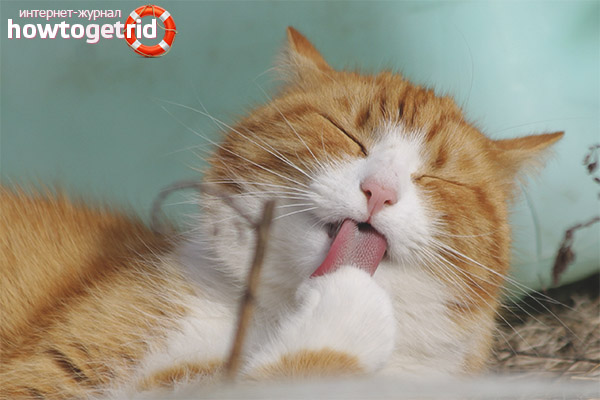
Sometimes cats begin to lick themselves more often than usual, which can lead to an exacerbation of a problem with belching. The reasons for the increase in hygiene can be:
- Unfavorable environment. If the room is poorly cleaned, and the cat is used to cleanliness, if it is often stroked, ruffling the hair and leaving human skin fat on it, if a new pet with its own smell is wound up in the house, all this will make the cat intensely maintain its own cleanliness.
- Molting. During the seasonal change of coat (in the spring, fur seals drop the winter undercoat, and in the autumn, on the contrary, they update the fluff to the cold), the cat may be irritated by climbing hairs, so he will want to get rid of them.
- Heat. If the room has high humidity and air temperature, the animal will be stuffy in its coat, by washing the pet tries to freshen up and facilitate skin breathing to reduce body temperature.
- Helminthic invasion. The activity of parasites makes the cat uncomfortable.
- Stress. If the cat is scared or noisy in the room, when it enters a new environment, the animal will soothe itself by licking.
To avoid trouble, try to help the animal and contribute to the normalization of the situation. Maintain cleanliness in the house, do not force the pet to interact closely with other animals, do not let guests pet the cat if he does not want to.
During molting, comb the hair 2 times a day, depending on the breed. This period is short. If a lot of wool remains on the brush, then they need to be removed. The cat is combed out when the brush stays clean. When the comb no longer accumulates a lot of wool in 1 procedure, the molting is over. Regular combing of the pet will help to keep the house in a neat condition, and will also prevent the accumulation of wool in the body of the pet.
Video: how to deal with molting in cats?

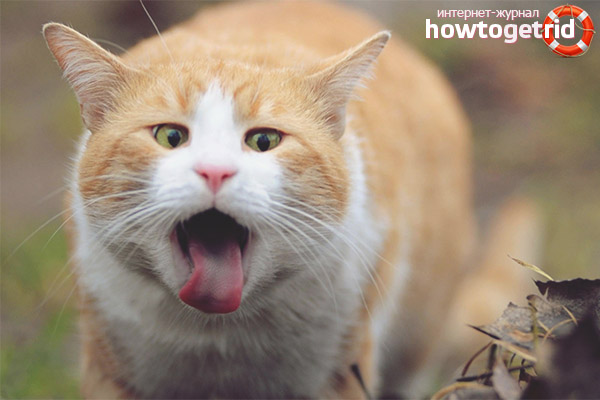



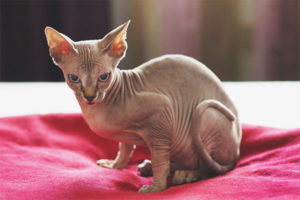
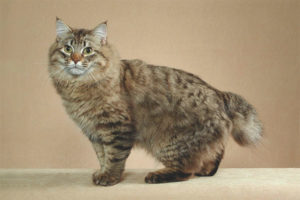
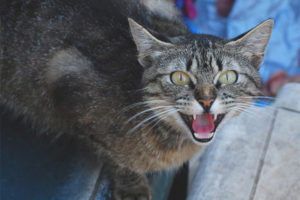
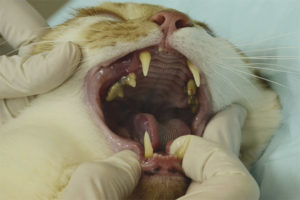
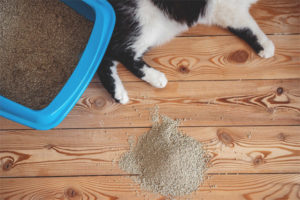
Submit